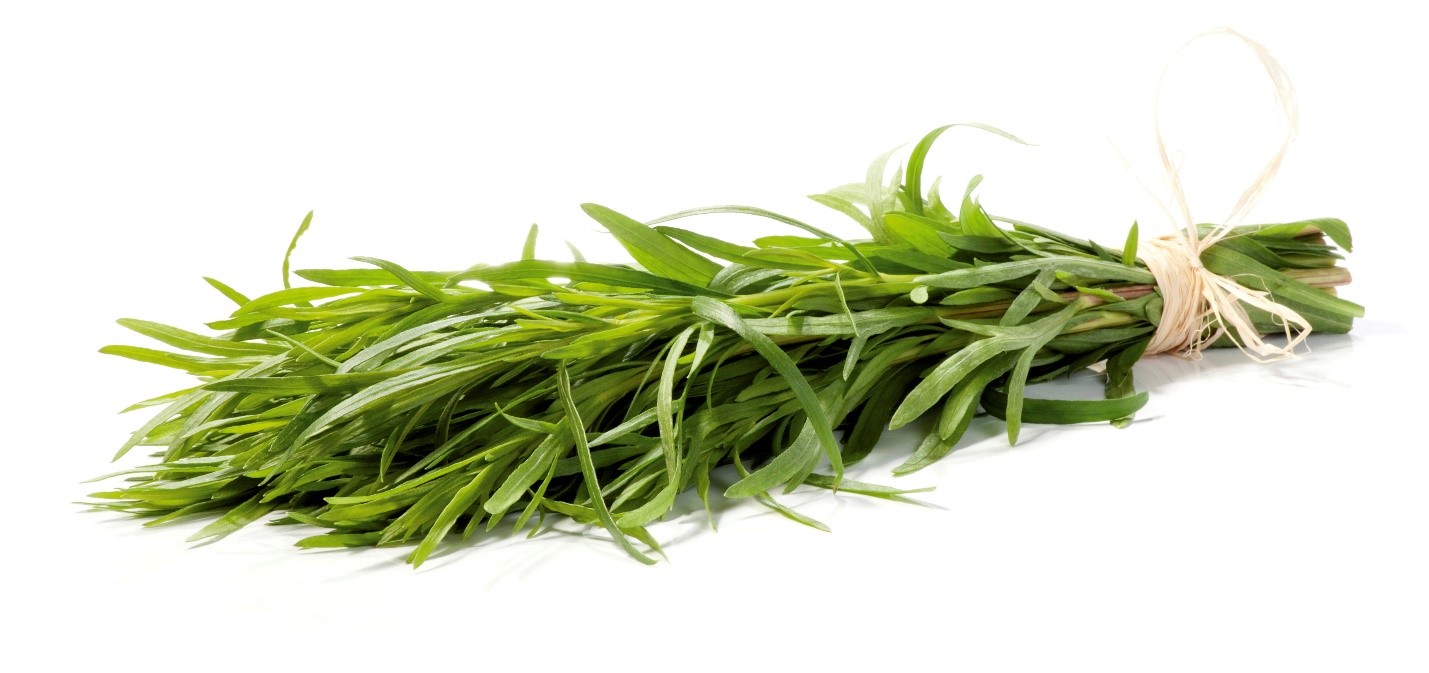Tarragon is popularly employed as a flavoring agent, especially in the Mediterranean cuisines. It is known for its slightly bittersweet flavor, with an aroma similar to anise and is rich in phytonutrients as well antioxidants that help promote health and prevent diseases.
Tarragon is rich in numerous health. Some of these benefits are:
- Drinking tarragon tea can help those with insomnia. It has a calming effect
- Chewing the leaves can help relieve pain, especially in the mouth or tooth. Tarragon tea also has the same effect.
- It is very rich source of vitamins such as vitamin-C, vitamin-A as well as B-complex group of vitamins such as folates, pyridoxine, niacin, riboflavin, etc., that function as antioxidant as well as co-factors for enzymes in the metabolism.
- It is an excellent source of minerals like calcium, manganese, iron, magnesium, copper, potassium, and zinc. Manganese is utilized by the body as a co-factor for the antioxidant enzyme, superoxide dismutase. Iron is essential for cellular respiration (co-factors for cytochrome-oxidase enzyme) and blood cell production.
- It has been used in various traditional medicines for stimulating the appetite and as a remedy for anorexia, dyspepsia, flatulence, and hiccups.
- The essential oil, eugenol in the herb has been in therapeutic use in dentistry as a local-anesthetic and antiseptic for toothache complaints.
- Tarragon can help maintain a healthy female reproductive tract, and may also help women deal with suppressed menstruation
- Tarragon is a vermifuge, meaning it can help expel parasitic worms from the intestines. As a result, this lowers your risk of developing intestinal ailments and malabsorption.





